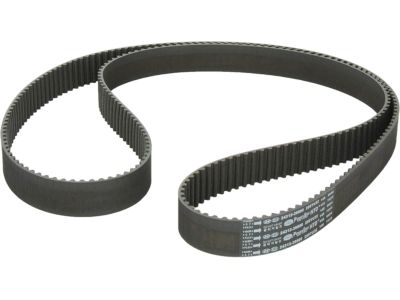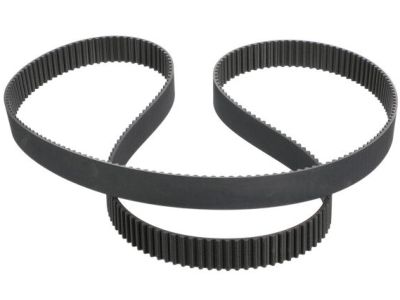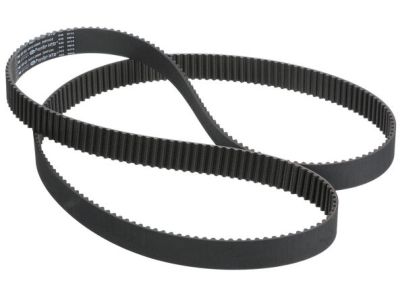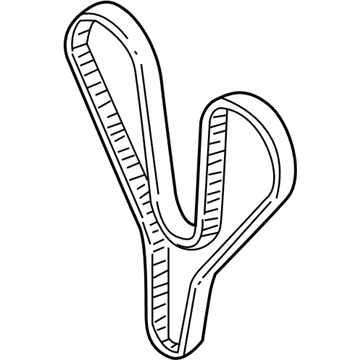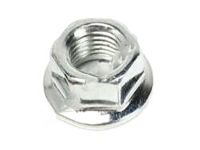The timing system is complex, and severe engine damage will occur if mistakes are made, so only highly experienced individuals should attempt this procedure. Disconnect the cable from the negative terminal of the battery, remove the engine cover, raise the front of the vehicle securely on jackstands, apply the parking brake, and block the rear wheels. Remove the drivebelt and crankshaft pulley, loosen the alternator nuts and disconnect the wiring, and loosen all engine mount bracket bolts. Remove the timing belt covers and set the engine at TDC for the number one cylinder, verifying that all timing marks are aligned. If reusing the belt, mark it with an arrow indicating direction of travel and match marks from the belt to the sprockets for easy realignment. Remove the tensioner and timing belt, and if necessary, remove the camshaft sprockets by holding the hex area of the camshaft securely with a wrench while removing the bolts. Inspect the belt for oil, dirt, and visible defects, check the tensioner for oil leakage, and test for leakdown by pushing the tensioner against an immovable object. Ensure that the idler pulleys turn smoothly. Clean the timing belt area, install the camshaft sprocket(s) aligning the pin hole with the pin in the camshaft, and tighten the sprocket bolt(s) to the specified torque. Align all camshaft sprocket marks with the engine marks, reinstall all sprockets and pulleys, and verify that the engine is still at TDC. Install the crankshaft sprocket with the spacer first, then the sensor blade, and align the marks on the camshafts with the engine. Compress the timing belt tensioner pushrod slowly, insert a pin, and install it on the engine. Align all timing marks and place the timing belt around the sprockets and pulleys in the specified order. With the tensioner pulley center bolt loose, rotate the hub of the tensioner pulley counterclockwise while applying the specified torque, then tighten the pulley bolt. Verify that all timing marks are aligned, pull the pin from the tensioner, and turn the crankshaft slowly through two complete revolutions, rechecking the timing marks. If resistance is felt, stop immediately to prevent valve contact with the pistons. If the timing marks are not aligned, repeat the installation procedure, ensuring the timing belt is installed correctly to avoid serious engine damage. After letting the engine sit for five minutes at TDC, check the protrusion of the tensioner rod and replace it if necessary. The remainder of the installation follows the reverse order of removal.
Posted by KiaPartsNow Specialist 
